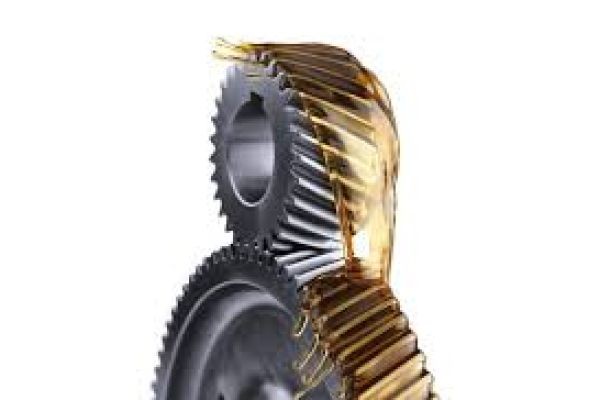The wind turbine gear oil market is undergoing a major transformation, driven by innovation tailored to meet the demanding needs of high-load and extreme-temperature applications. As wind turbines become more powerful and are deployed in increasingly harsh and remote environments, traditional lubrication solutions are no longer sufficient. Cutting-edge gear oil technologies are emerging to ensure optimal turbine performance, component protection, and reduced maintenance in these challenging conditions.
1. Performance Under Extreme Temperatures
Wind turbines operate in a variety of climates, from the icy cold of arctic regions to the blistering heat of deserts. Lubrication systems must perform consistently across this wide thermal range. New formulations of gear oil are specifically engineered to maintain stability at both low and high temperatures, ensuring uninterrupted performance during cold starts or under high-heat operational loads.
These extreme-temperature lubricants reduce the risk of oil thickening or degradation and contribute to the turbine’s overall reliability. By maintaining optimal viscosity, they protect gear systems from wear and reduce energy losses, even in fluctuating environmental conditions.
2. Enhanced Load-Carrying Capacity
Modern wind turbines are designed to produce more energy, which means they place greater stress on gearboxes. This evolution in turbine design has increased the demand for high-load gear oil formulations that can withstand heavy operational pressures without breaking down.
Advanced gear oils now include superior anti-wear additives, extreme pressure protection, and shear stability features. These innovations help prevent surface fatigue, micro-pitting, and metal-to-metal contact, thereby extending the life of critical components and minimizing the risk of unplanned failures.
3. Offshore and Remote Applications
Offshore wind farms and turbines in isolated terrains require lubrication systems that are not only durable but also highly reliable. These installations are often difficult to access, making frequent maintenance impractical and expensive.
Gear oils used in such conditions are now developed to offer extended drain intervals, low oxidation rates, and excellent water separation properties. Their formulation is designed to resist corrosion from saltwater exposure and condensation, ensuring that turbine gearboxes remain protected even in the most severe environments.
4. Integration with Smart Maintenance Systems
The wind energy sector is rapidly adopting digital solutions for predictive maintenance and performance monitoring. Lubrication technology has kept pace, with smart-compatible gear oils that support sensor-based diagnostics and real-time condition monitoring.
These oils are formulated with additives that remain chemically stable over time, providing accurate data for predictive analytics. Operators can detect early signs of oil degradation, wear particles, or contamination, enabling preemptive maintenance actions and minimizing downtime.
5. Sustainability and Eco-Friendly Solutions
Sustainability is becoming a central theme in wind energy operations, and gear oil development is aligning with these priorities. Bio-based and biodegradable lubricants are now being introduced to minimize environmental impact, especially for offshore wind farms and turbines located near sensitive ecosystems.
These environmentally responsible gear oils are engineered to offer the same level of performance as synthetic alternatives, including oxidation resistance, thermal stability, and wear protection, without compromising on ecological safety.
6. OEM Collaboration and Custom Formulations
Close partnerships between gear oil manufacturers and wind turbine OEMs are playing a vital role in driving innovation. Custom lubricants are being developed to match the specific needs of gearbox designs, operating conditions, and regional climates.
OEM-approved oils not only meet stringent technical requirements but also enhance warranty compliance and ensure optimized turbine performance. This collaboration is streamlining the path from lab-tested innovation to real-world turbine application.
7. Market Momentum and Future Outlook
The demand for high-performance gear oils designed for extreme conditions is expected to continue growing as the global wind energy industry expands. Key trends shaping the future of this market include:
-
Greater adoption of hybrid synthetic and eco-friendly lubricants
-
Enhanced focus on lifecycle cost reduction through longer oil service intervals
-
Increased integration of data-driven maintenance strategies
-
Wider use of universal lubricant standards across global turbine fleets
Innovation in gear oil technology will remain a critical enabler of operational efficiency, equipment longevity, and sustainability in wind energy.
Conclusion
The wind turbine gear oil market is being reshaped by the demands of extreme-temperature and high-load applications. Through advances in formulation, smart integration, and environmental responsibility, gear oils are evolving into sophisticated solutions that support the next generation of wind energy technology.

